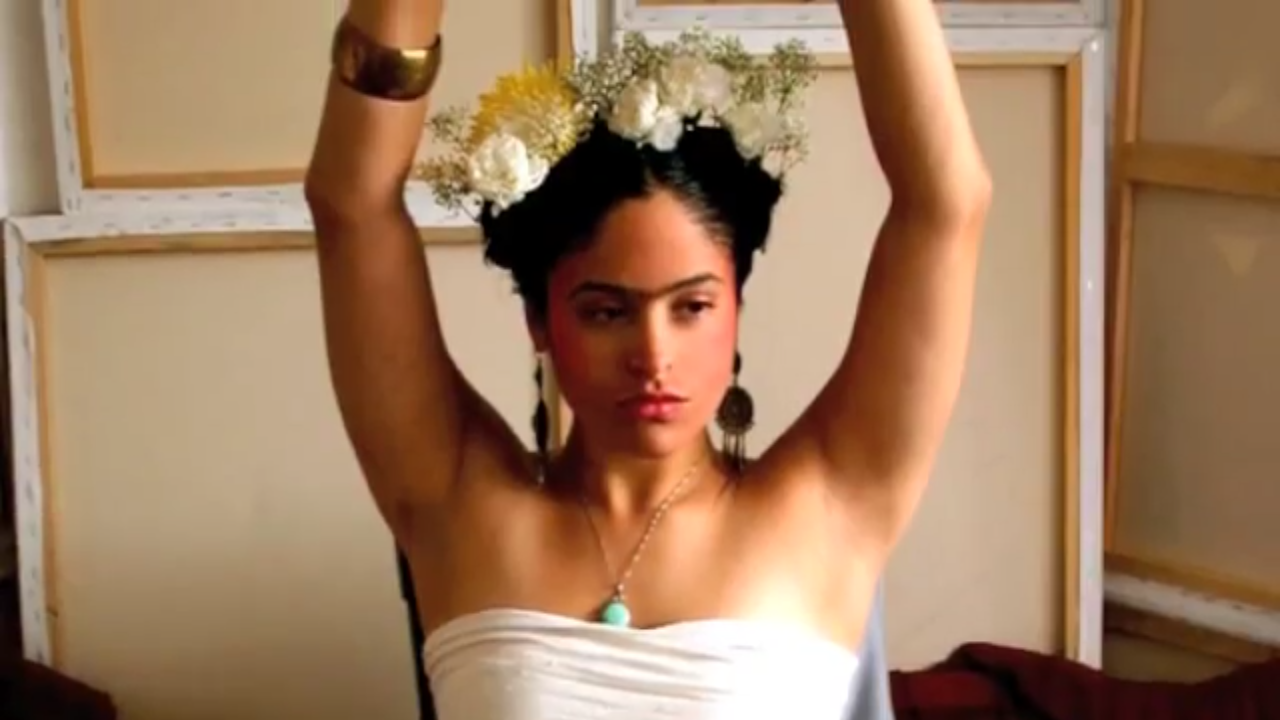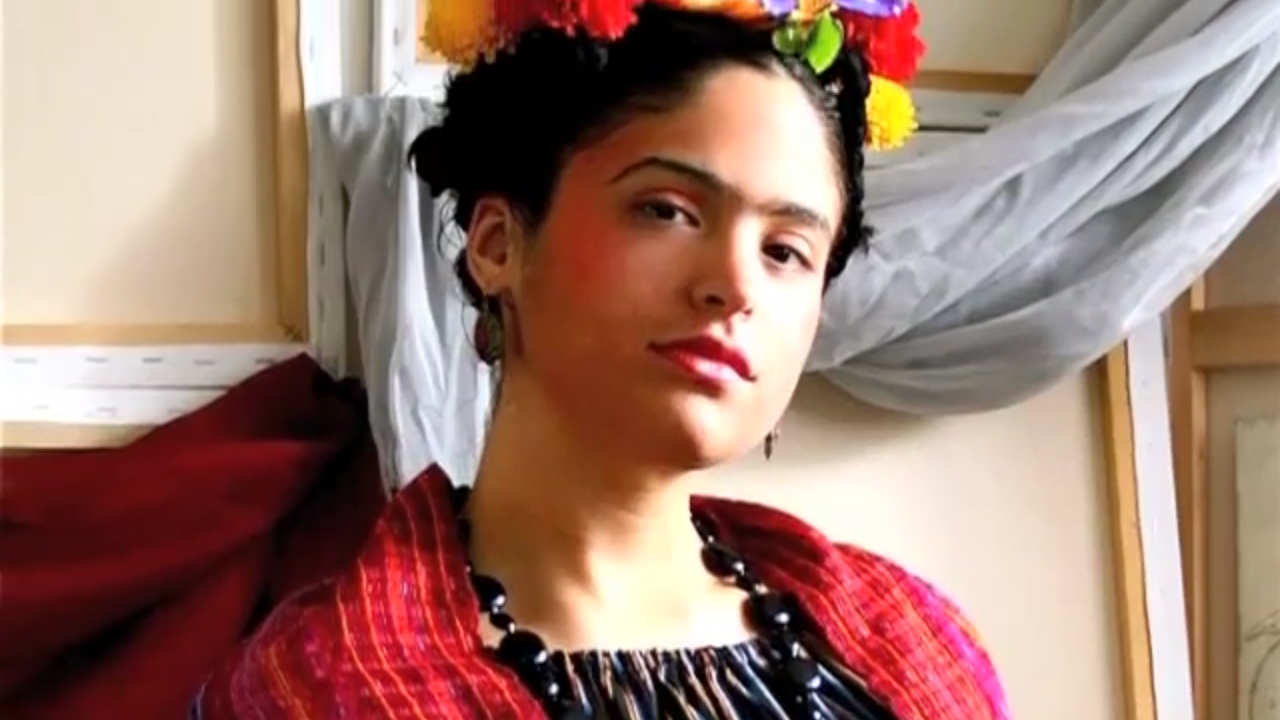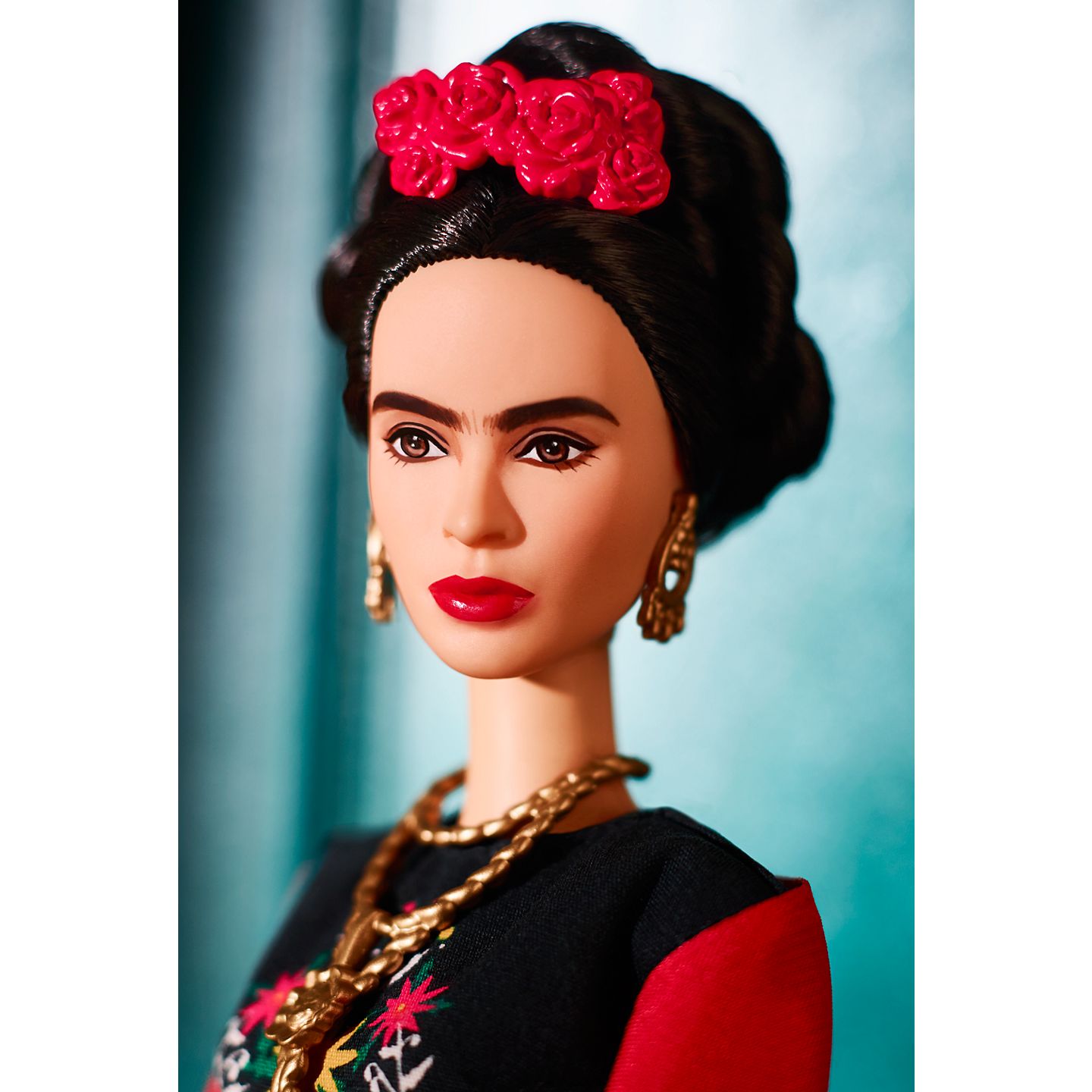GPD reporting all is good at the Glendale Malls. Heavy police activity investigating an attempt robbery. Please avoid area until complete.
— City of Glendale, CA (@MyGlendale) March 10, 2018
There is already a division between women and men over how the doll was made and why. Some like the idea of a Frida doll. Others hate it. Some recognize this would not have been what the communist and non-conforming, anti-Capitalist artist would have wanted. All opinions matter. Personally, I am beyond happy about it. So is the little 7-year-old who still lives inside of me, because this is huge for her.
Frida Kahlo is one of the most overused forms of women empowerment & Mexican empowerment in mass media which is ridiculous bc if anyone knew a thing about her she despised this mass market capitalism/white man facade of inclusion she’s literally rolling in her grave rn
— 🌹 (@Spark14_) March 7, 2018
In my preteen and into my teen years, I became obsessed with knowing everything about the Mexican artist. I was bullied nonstop in junior high for having a unibrow. I was not allowed to get rid of it, or shave my legs. My parents would always remind me that I was beautiful as I was, and I would feel supported at that moment, only to walk the halls the next day to be reminded of how ugly and weird I looked. I was depressed. I cried every day. Boys and girls equally tormented and attacked the way I looked.
They instilled in me a standard of how a girl should look early on: fair haired. I also hated my hair. It was big and curly and frizzy. As if I needed another reason for my peers to hate me, I would tie my hair back and never brush it. I’d escape my mom’s clutches whenever I could to avoid the comb, or her attempts to get rid of the knots after making me wet my hair in the shower. I would cry and cry and I know she felt so bad for me. I hated so much of myself back then.
Ya quiero la barbie de Frida Kahlo 😍 pic.twitter.com/m6uX0J7CaR
— Griselda Lira (@iGriseldaLira) March 6, 2018
@FridaKahlo se revuelca en su tumba, pero bueno @Mattel ten mi dinero 😝 https://t.co/n6lnJt75LB
— Jessica Aguilar (@1talJess) March 6, 2018
The only identification I had and sense of belonging with a real person or character was with Jasmine from Aladdin. Imagine looking the way I did as a kid, playing with Caucasian toys and seeing thin pale skinned women with straight blonde hair on everything. This was in elementary school before junior high school jerks reminded me how I wasn’t worthy of being called beautiful. Jasmine: Big brows, big hair, darker shades than Snow White and Cinderella. I wanted to be her every time I played pretend with friends.
I watched Aladdin over and over again, religiously. All of them. She was a reflection of me. I belonged.
A few years back, my friend Josue Valasquez, a former Mt. SAC student media editor who is also an artist, clothes designer, and Frida lover, transformed me into Kahlo for a journalism project and I was so humbled and excited to pay tribute to her. My love of Frida continues to this day.


Many people are complaining that the Frida Barbie doesn’t have dark enough skin. She does not have a wheelchair from her accident. She does not have a mustache. She does not have a unibrow (apparently, no one bothered to go onto Mattel’s site.)

As a Frida admirer and fan, I understand the frustration with Mattel’s choice of not representing every aspect of Kahlo’s physical features, as Rosemary Donahue expressed in her piece in Allure . Many of my friends on social media acknowledge her political beliefs and say she would have hated this representation of herself through a company that thrives on the capitalist system. I also have friends who acknowledge all of the above and say they will still be buying the Frida doll because they recognize that the making of the doll by a toy industry giant is a big deal in itself.
i’m not saying i need the frida kahlo barbie, but that’s exactly what i’m saying
— fatima ✨ (@fatimalopez240) March 6, 2018
It’s great that a Frida Kahlo Barbie exists, but it would’ve been greater had the physical feature that subverted (and still subverts) gendered western beauty standards not been minimized: https://t.co/aqzMlsoLHq
— Sam H. Escobar 👻 (@myhairisblue) March 7, 2018
Does everyone really think that a company like Mattel, with it’s years of making millions via normative and colonized beauty standards, was going to whip up a mustache? I sure wasn’t naive enough to think they would. To be marketable, they left it out. But they did, within this line of women who made history, represent women from all cultural and ethnic backgrounds. Everyone has their right to nitpick, but as a Frida fan, I’m not about to do that. I’m going to purchase the doll so that my future daughter can see that perfection is not a blonde haired, blue eyed, pale doll. If she looks anything like me, besides teaching her that she is beautiful through my words and actions, I want her to see herself in the toys she plays with.
They could have leaned in more in depicting it, but it’s there ever so slightly. Mattel will always be Mattel, but this is a good start. 🤷🏻♀️ (Wish they would have had her wear her Picasso hand earrings… ) pic.twitter.com/VOE4JoWoWd
— Annie (@BadgrGrl21) March 6, 2018
I am sorry that Mattel did not make her to scale, with a mustache, in a wheelchair, with a cast and a hammer and sickle painted on the front. I am sorry so many of you are upset by this. But as someone who was left out and called out because she looked different from the “beauty standard,” I believe that unibrowed Frida in traditional clothing is a start to a path of having more diverse and “real” dolls.
Whether Mattel is purposefully profiting off of recent feminist voices and actions at the forefront of media, I don’t believe that’s even a question. Of course they are. But is it bad if they’re also making little girls feel more included by allowing them to play with role models of all skin types and sizes? A friend of mine called it “conscious Capitalism.”
I have always related to Frida Kahlo. My initial reaction was confusion. But then, the little elementary school Brigette popped up and remembered the feeling she had looking at images of the brown skinned, thick eye-browed, big haired Jasmine. Acceptance. Love. Like someone was listening.
Yes, Disney has had some imperfections and dangerous ideals for girls, such as relying on a man or being a size zero. But little B was just looking at Jasmine through innocent eyes and thinking, “She’s awesome.”
Looking back, all that mattered was visibility for a little girl of color. This Frida doll, with its imperfections, is doing the same. And I am proud of it.

